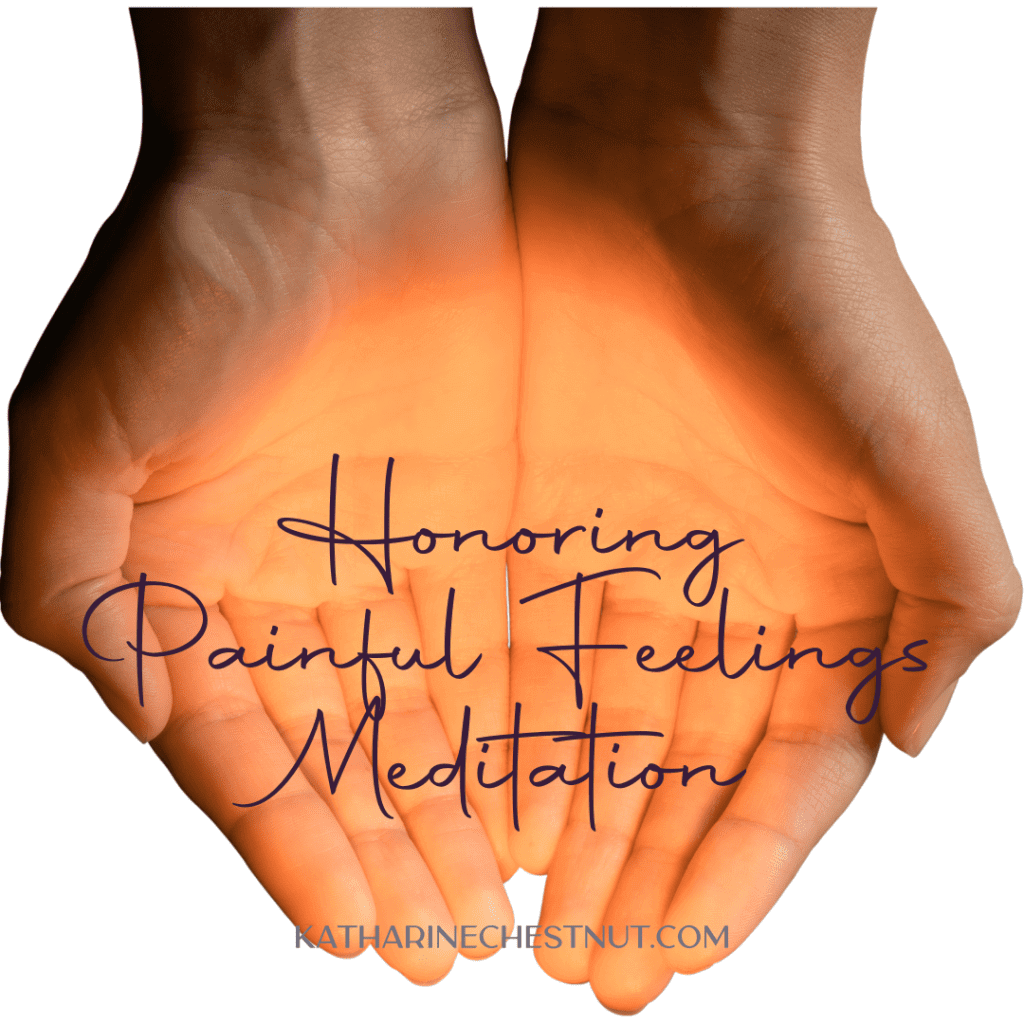
Managing Strong Emotions During Meditation
Meditation is an excellent way to manage stress and promote better mental health. However, it is common to encounter strong or difficult emotions during your practice. Managing these emotions effectively is key to getting the most out of your meditation sessions. Being aware of your feelings and learning how to bring them into balance can help you cultivate a deeper sense of mindfulness and empower your personal growth.
Recognizing all emotions during meditation is the first step towards managing them. This might include feelings such as fear, anxiety, anger, or sadness. By acknowledging them without judgment, you can create space for self-compassion and a more profound understanding of your emotional landscape. As you progress more forward with meditation, you will discover techniques that can help you navigate these emotions and maintain your focus and emotional balance.
Key Takeaways
- Acknowledging your emotions during meditation helps manage them effectively
- Creating space for self-compassion promotes deeper understanding
- Developing mindfulness techniques supports focus and balance during meditation
Recognizing Difficult Emotions
During meditation, it’s not uncommon to experience a range of emotions. Learning to recognize and manage them is essential as you meditate. Let’s identify some triggers and acknowledge the feelings that come with them.
Identifying Triggers
Triggers are events, thoughts, or situations that can provoke difficult emotions at any time. To identify yours, pay close attention to your thoughts and feelings as they come up. Notice any patterns or recurring themes. For example, you may find that thinking about a particular person or situation consistently sparks feelings of anger or sadness. As you become more aware, you can better prepare yourself for dealing with them during meditation.
Acknowledging Feelings
When strong emotions arise, it’s important to acknowledge them rather than repress or ignore them. By doing so, you give yourself permission to experience and process in a healthy way, which can ultimately lead to greater emotional freedom.
Try using the following steps to acknowledge your feelings during meditation:
- Pause: When a challenging emotion arises, simply pause and take a moment to notice it.
- Label: Give it a name, such as “anger,” “sadness,” or “frustration.”
- Accept: Accept it without judgment, allowing it to be present without trying to change or suppress it.
- Investigate: Explore with curiosity, noticing any physical sensations or thought patterns associated with it.
- Let go: As you continue to breathe and meditate, allow the emotion to ebb and flow, eventually releasing it and returning to your meditation.

Preparing for Your Meditation Practice
Setting Intentions
Before beginning, take a moment to set an intention. This is a friendly reminder of your purpose in meditating and can help keep you focused. To set your intention, simply ask yourself why you’re meditating and what you hope to achieve. This could be to cultivate self-awareness, heal, or develop a sense of inner peace. Remember, there’s no right or wrong intention – it’s all about what feels meaningful to you.
Creating a Safe Space
It’s important to create a safe and comfortable environment for your meditation practice. Here are some ways to create a welcoming space:
- Choose a quiet location where you’re unlikely to be distracted by noise or interruptions. This could be a quiet room or a favorite spot in nature.
- Make sure you’re comfortable by sitting on a cushion, chair, or mat. Feel free to use blankets or bolsters, to support your body.
- Set the mood by dimming the lights, lighting a candle (some of my favorites are here), or using calming scents like essential oils.
- Put away distractions, such as your phone or other electronic devices.
Find more tips for getting started here and creating a safe space here.
Mindfulness Techniques
Focusing on Breath

My favorite way manage negative emotions during meditation is by focusing on my breath. It’s easy, simple and super accessible. When you notice your mind wandering or your body gets flooded by feelings, gently bring your attention back to your inhalations and exhalations. Notice the sensation of the air entering and leaving your nostrils, or the rise and fall of your chest or abdomen. By concentrating on your breath, you cultivate a sense of calmness and get grounded in the present moment. This practice can also help you to not become overwhelmed, while leads you to a safe space for you to observe and work through your reaction.
Body Scanning
Another helpful mindfulness technique to practice is body scanning. This practice involves slowly and methodically bringing awareness to different parts of your body, starting from the top of your head and moving all the way down to your toes. As you mentally scan each body part, observe any physical sensations or tension present. If you encounter any areas holding tension, take a moment to focus on them and allow them to relax as you exhale.
Body scanning can help you get more in tune with your physical sensations, which can provide important clues about your emotional state. For example, if you feel tightness in your chest or shoulders, it may be an indication of stress or anxiety. By recognizing these physical manifestations, you can address them more effectively during your meditation practice.
Dealing with Distractions
Non-Judgmental Observation
When you meditate, it’s normal to have feelings come up and is an expected part of the process. To deal with them effectively, practice non-judgmental observation. This means observing without labeling them as good or bad. Simply notice what you’re feeling and be curious about it. By doing this, you create a space for your emotions to ebb and flow, and you prevent them from growing unbearable.
Acceptance
Another important aspect of managing emotions during meditation is acceptance. Instead of trying to push away or avoid these emotions, allow them to be present. Embrace whatever comes up during meditation, and recognize that these feelings are temporary and ever-changing. This attitude of acceptance can help reduce the intensity of emotions and prevent unnecessary suffering. This particular tip was especially helpful for me when I started on my healing journey after a narcissistic abusive marriage. I cried every time I meditated for months initially.
Letting Go
Finally, practice letting go of emotions that surface during meditation. When you notice yourself becoming caught up in an emotion, gently remind yourself to return to the present moment by focusing on your breath. I have found listening to a guided meditation another key to keeping myself in a place of self-compassion (the free Insight Timer app has a fabulously huge library with a variety of meditation teachers speaking on all kinds of topics). This helps you detach and cultivate a more balanced state of mind. The goal of meditation is not to stop thought or emotion but rather to develop a more mindful and compassionate relationship with them.
Maintaining Balance
Self-Compassion Practice
Cultivating self-compassion is a helpful tool for combating the negative impacts of various challenges. Start simply by treating yourself with kindness and understanding. When uncomfortable emotions pop up during meditation, remind yourself that you are okay, and that everyone encounters emotional challenges from time to time. In this way, you foster a supportive and caring environment for yourself, which leads to a better meditation experience.
Regular Check-Ins
To preserve your emotional balance and effectively manage emotions, you will want to regularly check in with yourself regarding your emotional state. This practice helps you stay aware and recognize when you may need to adjust your meditation practice or mindset.
Take a moment to pause and reflect on how you are feeling, both physically and emotionally. By staying in tune and connected, you can better identify when something might be off balance and take the necessary steps to address it. This mindfulness will contribute to a more balanced and rewarding meditation experience.
You’ve Got This
While painful and tough emotions can emerge during meditation, you’ve now got the tools to manage them effectively. Remember, you’re not alone in experiencing these emotions and it’s perfectly normal.
Meditation is a very personal experience, and with practice and patience, meditation will be a powerful tool to help you manage and cope with all your emotions.







